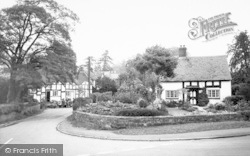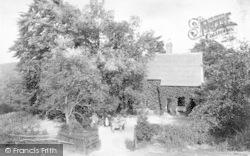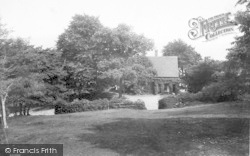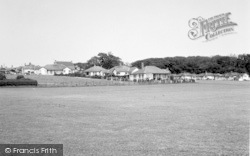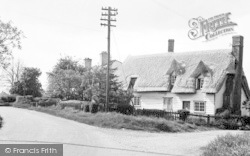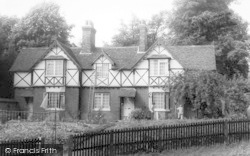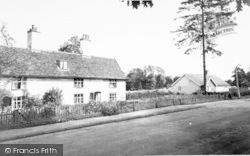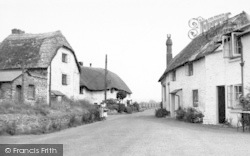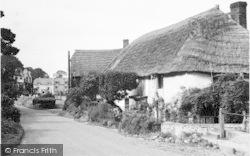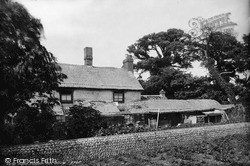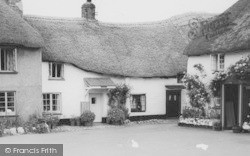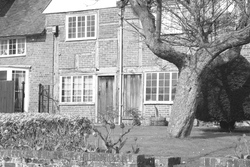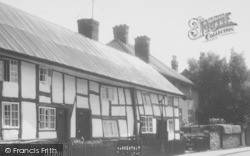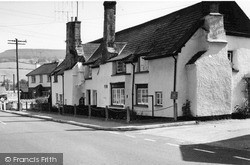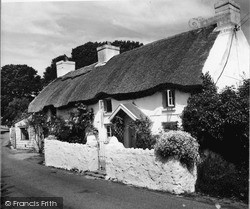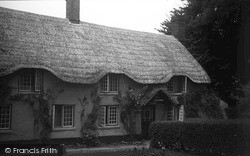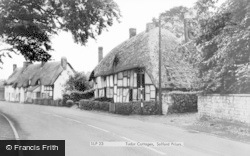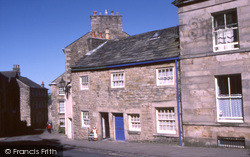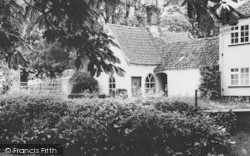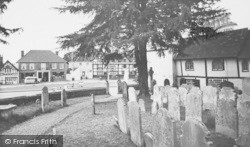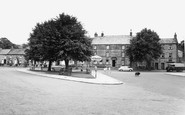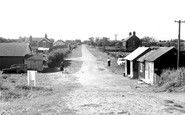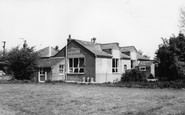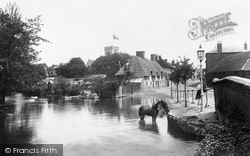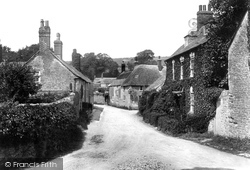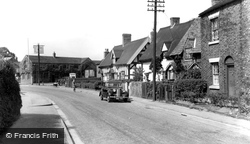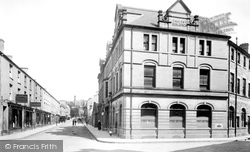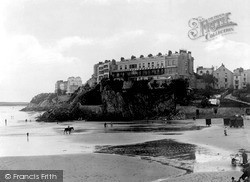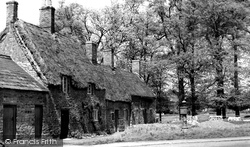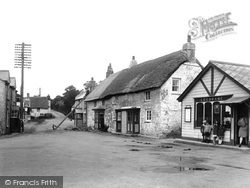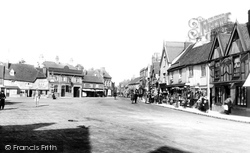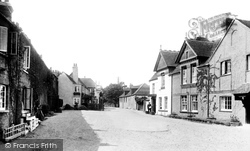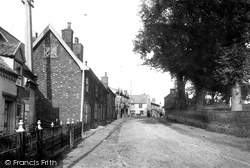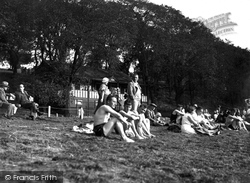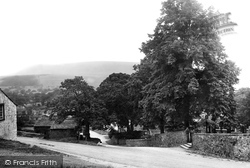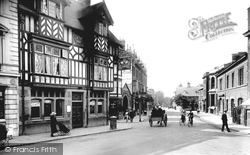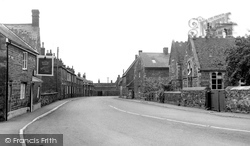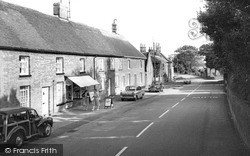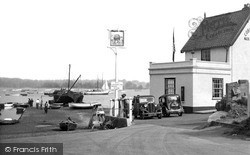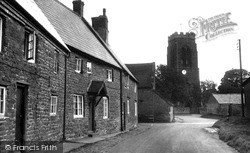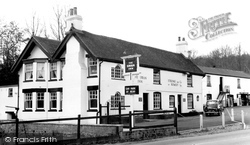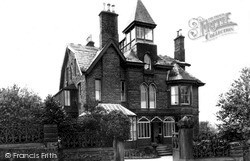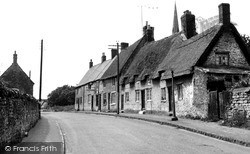Places
6 places found.
Those places high-lighted have photos. All locations may have maps, books and memories.
Photos
2,406 photos found. Showing results 1,081 to 1,100.
Maps
41 maps found.
Books
Sorry, no books were found that related to your search.
Memories
2,827 memories found. Showing results 541 to 550.
Train
During the 2nd world war, probably around 1944, I was on holiday with my parents and maternal grandmother staying in a cottage opposite the green. We often saw Italian PoWs cycling by to do local farm work. One rather blustery night we went ...Read more
A memory of Allendale Town by
The Kennels, Alice Brown
My auntie Alice ran the kennels in Berwick Bassett in a lovely old cottage with outside toilet and no electricity, I loved going to visit , she was very kind to me and let me help out with walking and feeding the dogs, she ...Read more
A memory of Berwick Bassett by
The Moseley Family
My grandmother Elizabeth Moseley married my grandfathergeorge Edwin Pitt in 1938 were the lived at hillend cottages my grandmother was seriously ill after having 2 children Patricia my mother and Stella Ann her younger sister I have ...Read more
A memory of Twyning by
My First Memories Of Saltfleet
My first visit to Saltfleet was as a 12 year old in 1956. A relative , Kitty Scherdel was managing the Sunnydale site for local farmer George Tuxworth and had recently moved a converted bus there from South Yorkshire and ...Read more
A memory of Saltfleet by
St Andrew's Church, Chelmondiston
My mother, Mary Rands, was christened in this church in 1929. Her Grandparents, Herbert and Mary Ann Rands, lived in a cottage at the back of the church called 'Myrtle' They passed away before the second world war, ...Read more
A memory of Chelmondiston by
Happiest Early Days
I grew up in Elmstead Market moving there when I was 18 months old and left in 1965 when I was 8. I went to Elmstead School where Vera Norfolk was my first teacher and the headteacher was Mr Clegg. Vera's sister Muriel ran the ...Read more
A memory of Elmstead by
My Days In Rosedale Abbey
My Life in Rosedale Abbey - Raymond Beharrell During the last war my brother and I lived in York very near to the main railway yards. The area was always on the target for the German bombers, being railway sidings. ...Read more
A memory of Rosedale Abbey by
Crossways
the year would be around 1978, I know this for in this year I passed my driving test, anyway we came to live in New Yatt having moved from Wantage where I grew up, so as one can imagine was not very happy having left my friends and the area, ...Read more
A memory of New Yatt by
Millers Cottage Farm, Now A Caravan Site
Hi, I have a relation who has static caravans on Millers Cottage Fame, Caravan site, Gannick? Road, Towyn. I was wondering could anyone help with the history of Millers Farm, what year and who owned it, and if possible I would love to see a picture of the original farm, thank you
A memory of Towyn by
My Memories Of Quince Tree House, South Road.
Hi I was born in Orsett Cottage Hospital in 1955 and I lived with my parents at my grandparent's house - Quince Tree House on South Road. until we moved to Hillingdon, Middlesex when I was 2. My ...Read more
A memory of South Ockendon by
Captions
2,020 captions found. Showing results 1,297 to 1,320.
In this view of the River Avon, we see a horse cooling off by the ancient ford and a thatcher practising his age-old craft on one of Ringwood's most picturesque cottages.
This view looks northwards along Middle Street (otherwise known as Chapel Street) in the centre of the village towards a 17th- century thatched cottage on the corner with Grove Road (centre
Notice the telephone box just beyond – many of the earliest public telephones were set up inside private houses, and there used to be one inside this particular cottage.
The new cottage hospital, pre-dating this photograph by three years, stands at the top of the street.
The Sandygate lane leading to the beach was made possible by removing an old cottage between Cambrian House and St Julian's Terrace.
These delightful ironstone cottages stand in the lee of the trees; nearby lies Barton Hall, reputed to have been built with stones from a 14th-century castle here.
Children wait outside the shop, perhaps for a school bus, while a thatcher is working on a cottage roof, his ladder supported half way into the road – a dangerous situation with today's busy traffic.
In the winter, however, the creek is a brooding, atmospheric place, with the massed trees hanging heavily over the dark waters of the River Lerryn and many of the cottages empty.
This late Victorian view shows one of the cottages surviving next to the newly rebuilt Cock pub selling Salter's Fine Ales and Stout.
The view is little changed apart from the outbuilding on the right with the two dormer windows which is now a house, Tansy Cottage.
The post office, run by Robert Farrant, is on the left next to Strickland Cottage (is there a link with the author Agnes Strickland of Reydon?).
Collingham village has a fascinating mixture of houses - down past the parish church of St Oswald are the Old Rectory, the Manor House, the Dower House and some well preserved artisans' cottages.
In this picture we see farmer Bob Metcalfe closing the door of Nook Cottage. His farmhand Bill Holderson tends the horse with its milk cart.
The steep slope of the village street leads to a second group of cottages clustered round the village green. To the right, up three steps, is the entry to St Leonard's churchyard.
Many of the sturdy, timber-framed cottages in the centre of this lovely village have been reinforced and decorated with brickwork during the 18th century.
This row of diminutive, white cottages provided accommodation for the Coastguards maintaining a watch along this busy stretch of the Kent coastline with its treacherous offshore sandbanks.
North Street was mainly residential in the early 20th century, with some splendid houses, including thatched cottages. They became derelict in the 1920s and were demolished in 1933.
The White Hart and Foresters Cottages are on the left. John Bradley was once the landlord, also an undertaker who made his own coffins.
This row of 18th-century timber-framed cottages had a red brick façade added in c1820. The shop has now shut, and its frontage has been replaced to blend in with the rest.
This open space was created as a car park in 1921 by demolishing a cottage. The single-storey extension to the pub also dates from 1921, when Hiskey Golding was the landlord.
The road crossing the picture from left to right immediately past the cottages on the left was the Daventry to Warwick turnpike and the main Warwick Road until the bypass was built in the
There are plenty of oak trees, foxgloves and thatched cottages in this pretty New Forest village.
New houses now occupy the site, but the adjoining cottage still remains.
These stone cottages were demolished in the 1950s and the site is now the access road to St Katherine's Way. Behind is the spire of the medieval parish church.
Places (6)
Photos (2406)
Memories (2827)
Books (0)
Maps (41)




